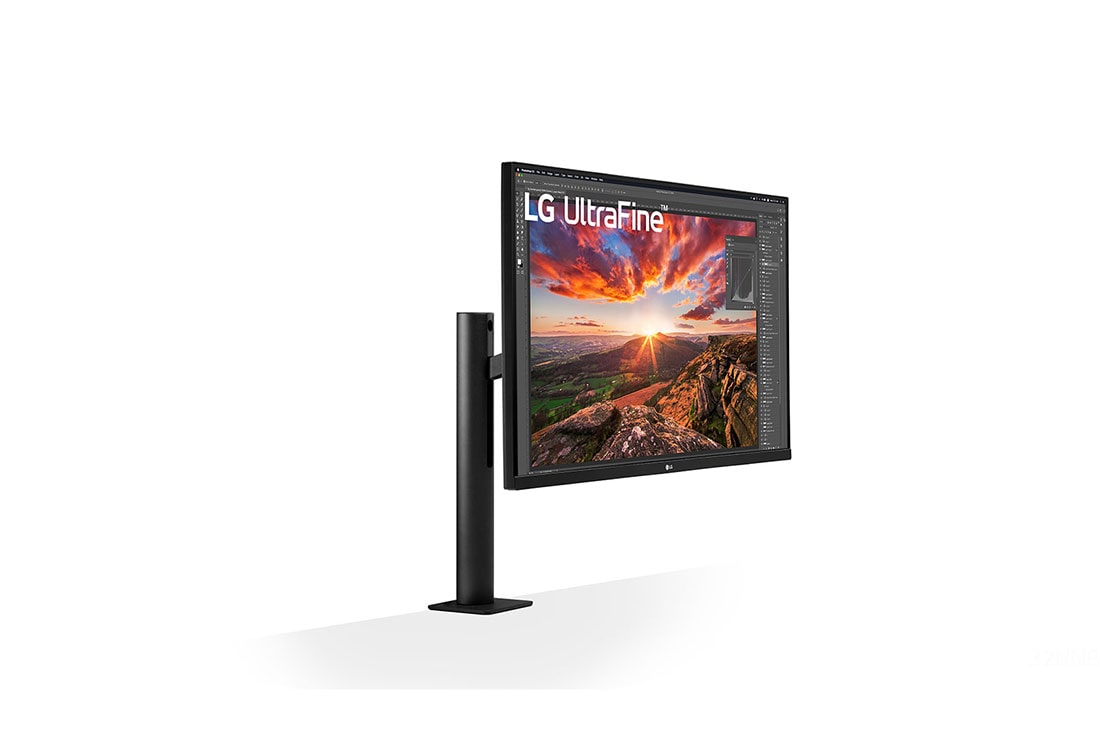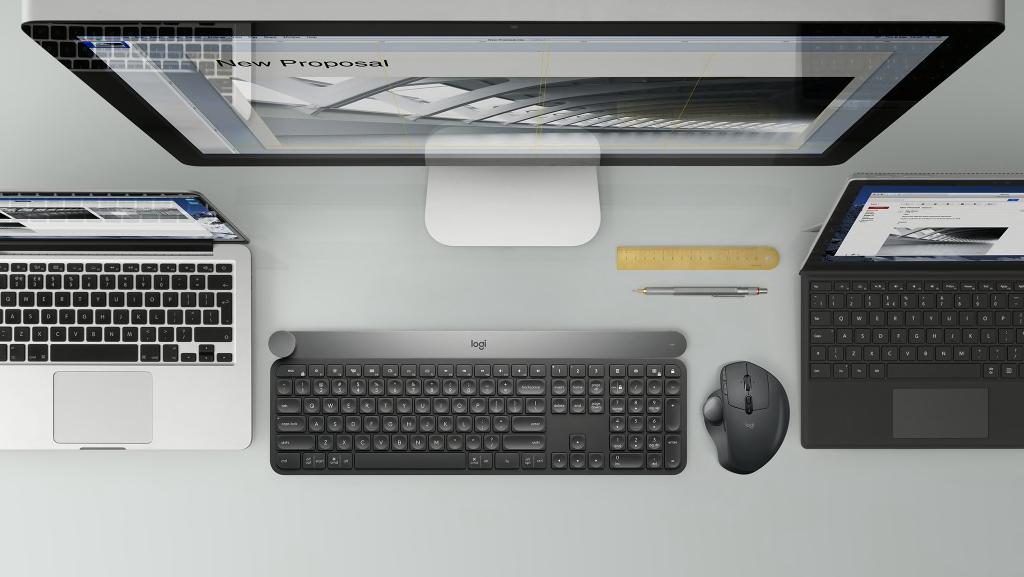- Ergo Laptops & Desktops Driver Download For Windows 10 Windows 7
- Ergo Laptops & Desktops Driver Download For Windows 10
- Ergo Laptops & Desktops Driver Download For Windows 10 32-bit
How you set up and use your laptop can affect the amount of stress placed on your neck and back. Here are 10 ideas for keeping your spine pain-free while being productive on a laptop.
Practicing good posture and ergonomics while using a laptop can help prevent neck and back pain. WatchVideo: 6 Tips to Improve Posture While Sitting
1. Take the laptop off your lap
Even though it’s called a laptop, you may not want to use it on top of your lap.Most laptops come equipped with a touchpad for navigation. Touchpads are very convenient but they require you to contort your thumbs if you’re using the laptop’s integrated keyboard. And if you decide to use a laptop stand or just a wireless ergonomic keyboard, the touchpad is totally worthless. The Problems With Laptop Design. Laptop computers can cause significant musculoskeletal and visual problems if used for prolonged periods. 1 Because the laptop screen is connected to the keyboard, users have to make ergonomic compromises.
This position often requires you to slouch down and jut your head forward to see the screen, loading your cervical spine with dozens of extra pounds of pressure.1 If you do need to work without a desk—while on a train, for example—try propping the laptop on your computer bag or briefcase to elevate the screen.
See How Poor Posture Causes Neck Pain
2. Raise the screen higher
The ideal laptop height and angle lets you view the screen easily without bending or rotating your neck. Elevate the laptop a few inches above your desk, placing it on a stable support surface, such as a laptop stand or a stack of thick books. Your eyes should naturally hit the top third of your screen when you look straight ahead.
See Office Chair, Posture, and Driving Ergonomics
3. Use a separate keyboard and mouse or invest in a separate screen/monitor
When you work on a laptop for an extended period of time, it is recommended to do one of two things: 1) Use an external keyboard and mouse and properly position your laptop screen at eye level or 2) Use an external monitor at eye level and position your laptop keyboard at a height that allows your shoulders and arms to relax. Your elbows should be at a 90-degree angle, tucked close to your body, and your wrists should be in a neutral position when typing. This posture helps keep you from rounding your shoulders and pulling your neck muscles.
See Posture to Straighten Your Back
4. Upgrade screen size
While laptops are designed to be portable and easy-to-use, be sure that your laptop’s screen is big enough for your needs. A smaller screen may cause you to strain to see text and objects. If you find yourself hunching forward to read from your screen, you can also increase the font size.
5. Put your feet up

If you have to raise your chair to position your arms and wrists comfortably, check to see how your legs are angled. Your feet should be flat on the floor, and your knees should be at an even height with your hips. If your hips are too high or your feet don’t reach the floor, use a step or block to support the bottom of your feet. This can help you maintain a neutral lumbar spine and reduce strain on your lower back.
Watch Video: 5 Overlooked Tips to Protect Your Lower Back

6. Find an ergonomic chair
The type of chair you sit in while using your laptop is critical. Any office chair that is fully adjustable and has lumbar support may work, but you need to be sure to set it up correctly. If your chair does not have adequate support, you may need a lumbar roll. Remember to sit all the way back in the chair so when you rest against it, the lumbar support is helping to maintain the natural curve in your lower back. As for your neck and head position, your ears should always be above your shoulders, not in front.
See Choosing the Right Ergonomic Office Chair
7. Take breaks
Set a reminder on your phone to take a brief break every half hour or so. Get your eyes off the screen and let them rest on something in the distance. You can do simple stretches at your desk, such as stretching your neck, shoulders, arms, and legs. Every hour, leave your desk to walk around to get your blood flowing and muscles loose. If it is not possible to walk, at least stand, stretch and move. Humans are mobile beings and not meant to sit still all day.
Watch 4 Easy Stretches for Neck and Shoulder Pain Video
8. Stand up
For people who spend long hours working on laptops, try to spend an hour or two each day using your laptop while standing rather than sitting in a chair. You will need a separate keyboard and mouse and a multilevel setup to do this without straining your neck. Standing desks are popular options. Desktop converters enable you to keep your desk and temporarily convert it to a standup desk.
See Workplace Ergonomics and Neck Pain
9. Travel light
If you typically lug your laptop between work and home, purchase a duplicate power cord and other laptop accessories—that way you can leave them in each place instead of carrying the extra load back and forth. You may also want to use a backpack with dual-padded shoulder straps to avoid draping the bag over just one shoulder. If your laptop and accessories feel too heavy, a roll-along carrier may be the best choice.
See Pain-Free Travel Tips
10. Consider a posture app
Turn technology in your favor by using your laptop to monitor your posture and give you helpful reminders. Many posture apps are available for Mac and PC that can perform various functions, including:
- Use your laptop camera to monitor your posture and alert you when to sit up straighter.
- Remind you when to take breaks.
- Guide you through simple stretches and exercises at your desk.
Wearable devices are also available to measure your spinal posture and send the data to an app on your phone or tablet. While some people may find benefits from posture apps and wearable devices, it is important to note that some people may not and more research is needed to determine their effectiveness.2
Pay attention to how you set up your laptop. Careful consideration goes a long way to easing and preventing back and neck pain.

Learn more:
References
- 1.Kapandji IA. The Physiology of the Joints, Volume III. 6th ed. London: Churchill Livingstone; 2007.
- 2.Simpson L, Maharaj MM, Mobbs RJ. The role of wearables in spinal posture analysis: a systematic review. BMC Musculoskelet Disord. 2019; 20:55.
Are laptops ergonomically safe?
First, what is ergonomics?
Ergo Laptops & Desktops Driver Download For Windows 10 Windows 7
To understand some of the ergonomic problems with laptops, it’s important to first understand what ergonomics is.
Workplace ergonomics is the science of fitting work conditions and job demands to the capabilities of the working population.
When job demands are outside the capabilities of the people doing the job, they are at increased risk of developing a musculoskeletal disorder. The primary risk factors related to ergonomics are high force requirements, awkward postures, and high task repetition/exposure duration.
And this brings us to the problem with laptops.
The problem with laptops: ergonomics
The design of a laptop (with the screen attached to the keyboard) forces users into a trade-off between poor neck/head posture and poor hand/wrist posture.
When the screen is at the right height to maintain good neck/head posture, the keyboard is too high which forces the user into bad hand/wrist posture.
When the keyboard is at the right height to maintain good hand/wrist posture, the screen is too low which forces the user into bad neck/head posture.
According to the Cornell University Ergonomics Web, “In the early days of personal computing desktop devices integrated the screen and keyboard into a single unit, and this resulted in widespread complaints of musculoskeletal discomfort. By the late 1970’s a number of ergonomics design guidelines were written and all called for the separation of screen and keyboard. The reason is simple – with a fixed design, if the keyboard is in an optimal position for the user, the screen isn’t and if the screen is optimal the keyboard isn’t. Consequently, laptops are excluded from current ergonomic design requirements because none of the designs satisfy this basic need.”
Since laptops aren’t going away anytime soon, it’s important we learn how to minimize risk of musculoskeletal discomfort when we use them.
Ergonomics tips for laptop users
Ergonomic guidelines for laptop use are typically separated into occasional users and frequent users.
Laptop ergonomics tips for frequent use
- We highly recommend using external devices if you’re going to use your laptop as your primary device. Using an external monitor, keyboard, and mouse will allow you to set up a workstation that meets ergonomic design guidelines for computer use.
Laptop ergonomics tips for occasional use

- Use a chair that supports a comfortable upright or slightly reclined position
- Position your laptop for the most neutral wrist posture you can achieve. If you have a large binder handy, place the wider edge at your knees so it creates an angle that keeps your wrist straight and maximizes the height of the screen.
- Angle the laptop screen back so you can see it with the least amount of neck deviation as possible
- Stand up, stretch, and move. Your body is designed to move, not to remain in a static posture for long periods of time.
Designing an ergonomic workstation
Ergo Laptops & Desktops Driver Download For Windows 10
Check out the following resources for designing an ergonomic office workstation:
Ergo Laptops & Desktops Driver Download For Windows 10 32-bit
- How to Select the Right Desk